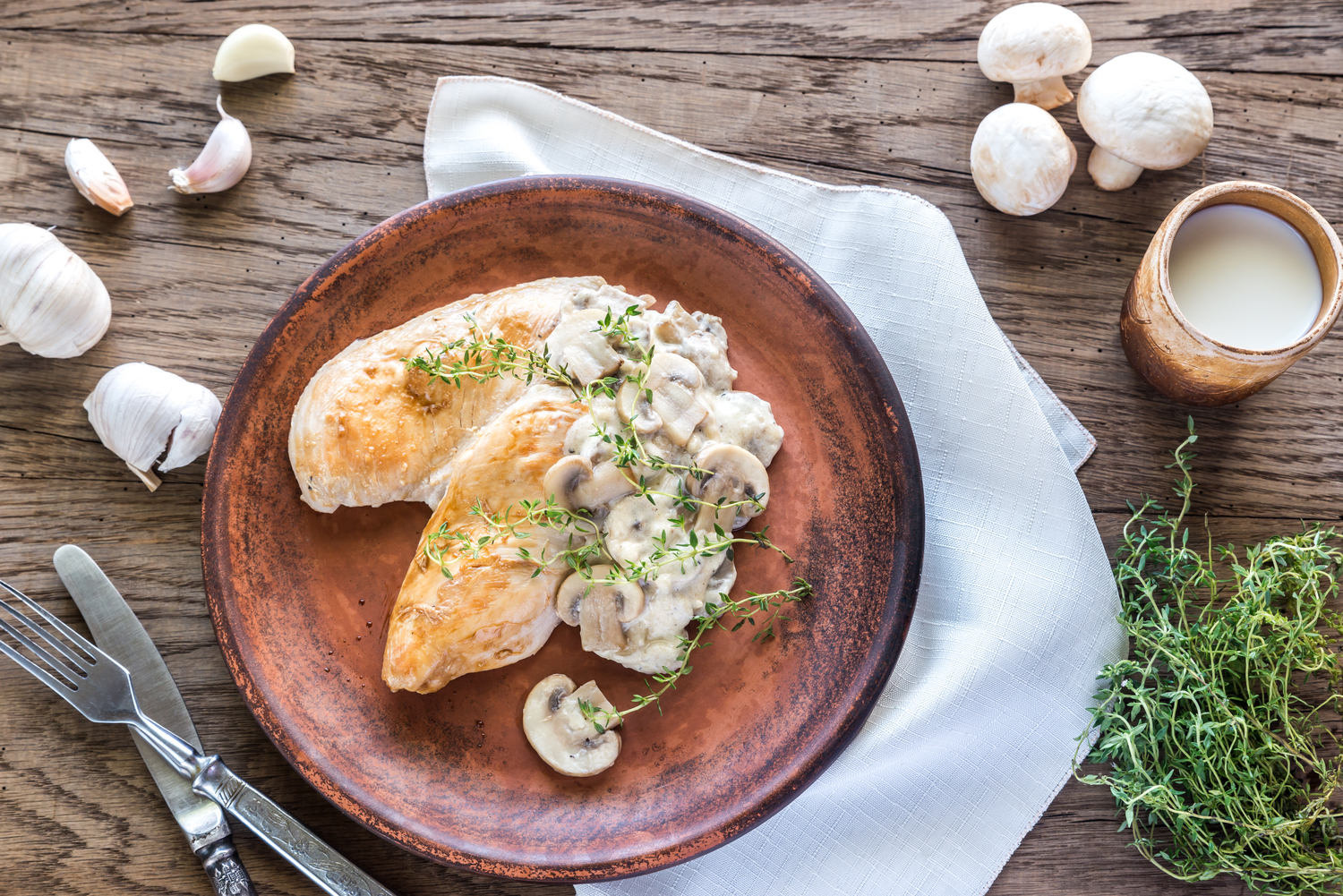
Understanding the 4 stages of the Dukan diet
The Dukan diet was created in the 1970s by Dr. Pierre Dukan, a French general practitioner. He specialized in the area of weight management and created the Dukan diet after being inspired by an obese patient who was ready to give up any food for weight loss, except meat. After observing the effects of the diet in promoting weight loss, it was published in the form of a book titled “The Dukan Diet.” Since then, the book has become popular among individuals looking to achieve rapid weight loss without having to fast. The diet plan includes four phases, and here is a detailed description of all of these phases:
Attack phase
In this phase, one can eat lean protein without any limit. One also needs to consume 1.5 tablespoons of oat bran every day. The phase can go on for about seven days. Some of the high-protein foods included in this stage are:
- Tofu and tempeh
- No-fat dairy like cheese, yogurt, milk, ricotta
- Liver, tongue, and kidney
- Skinless poultry
- Lean pork
- Fish and all kinds of shellfish
- Mandatory intake of 9 grams of oat bran
One must drink at least seven glasses of water in a day. Unlimited intake of artificial sweeteners and diet gelatin are allowed. A teaspoon of oil can be used when cooking food, and even pickles are allowed in small portions.
Cruise phase
The Cruise phase works by alternating between two days. On one day, foods included in the Attack phase are restricted. On the other day, the foods from the Attack phase can be eaten with vegetables. A limited number of vegetables can be included in this phase, and they are:
- Leafy vegetables like spinach, lettuce, and kale
- Eggplant
- Asparagus
- Bell peppers
- Brussels sprouts
- Green beans
- Tomatoes
- Celery
- Cucumbers
- Spaghetti squash
- Onions and shallots
- Turnips
- Pumpkin
- A serving of beets or carrots
A teaspoon of oil can be used in the preparation of these vegetables for greasing or preparing a salad dressing. Other than that, no other fats can be added. This phase can go on for about 1-12 months.
Consolidation phase
In the Consolidation phase, an unlimited amount of protein and vegetables can be consumed. It also includes some fats and carbohydrates and a day of lean protein every week. A dieter should mix the foods from the Attack and Cruise phases while including other food items like:
- One serving of fruits
- One serving of cheese
- One or two servings of starchy foods
- A portion of meat, once or twice per week
- One portion of pure protein meal per week
- Two slices of whole wheat bread every day
- 15 grams of oat bran every day
Stabilization phase
The stabilization phase is the final stage and can be followed if needed. It aims at maintaining the weight and improvements achieved in the previous phases. The Consolidation phase must be used as a framework rather than a strict guideline. One does not have to eliminate any foods, but it is necessary to follow some principles like taking the stairs regularly. “Pure proteins” must be included in the daily meals, and about three tablespoons of oat bran must be consumed every day.



